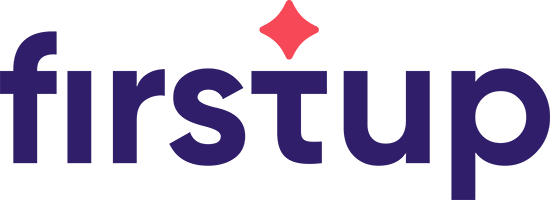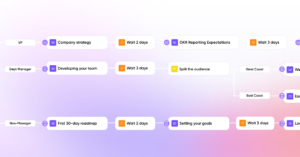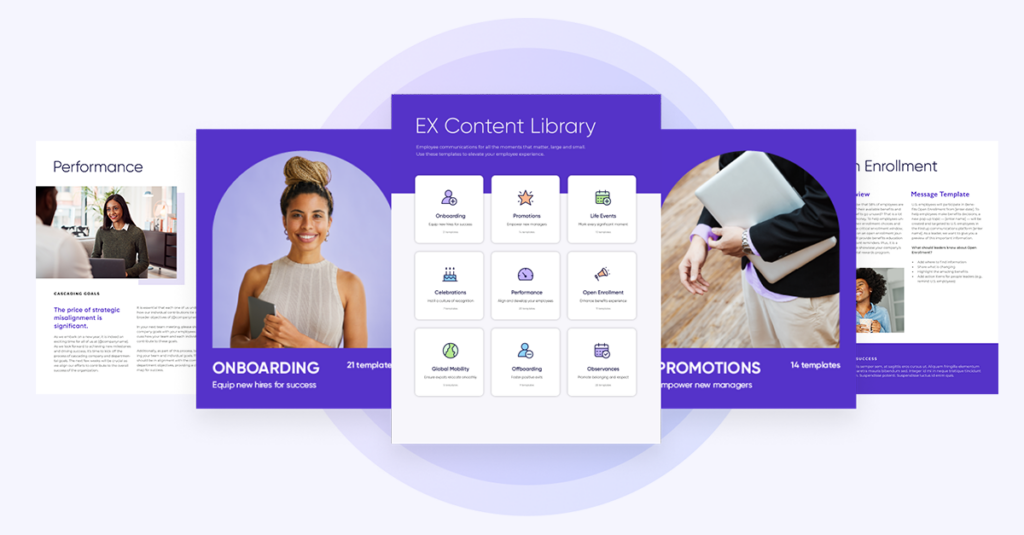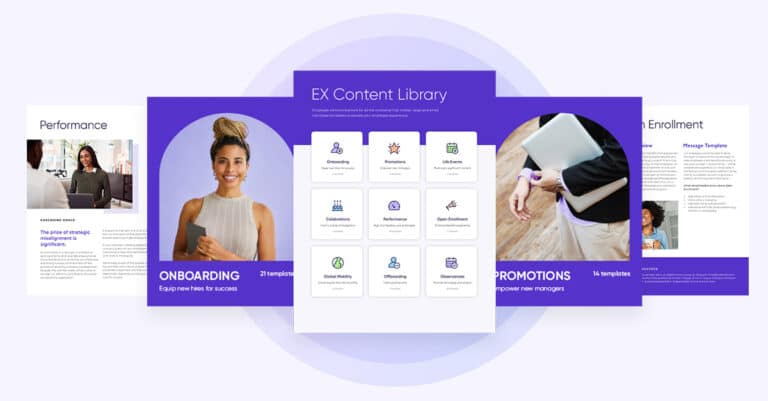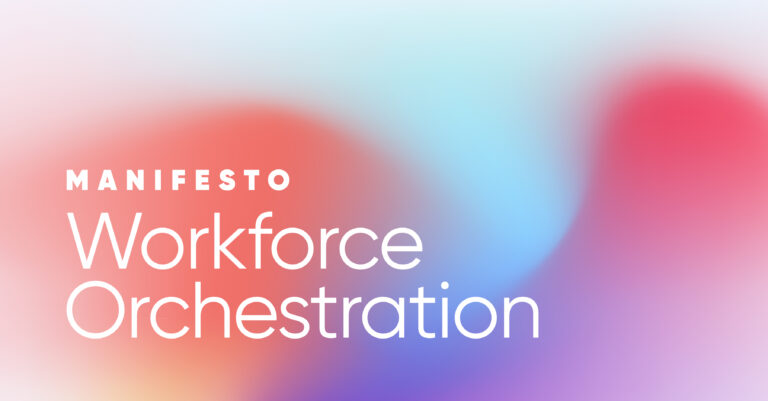Imagine this: You’re the head of the internal communications team at the American Cancer Society. Your employees are responsible for hundreds of cancer patients getting treatment in hospitals in North Carolina and South Carolina. Over the weekend, news breaks that a tropical storm has formed over the Atlantic Ocean. By Monday, the storm has gained momentum and is on a collision course for the Carolinas. By Tuesday, forecasters are certain the hurricane will hit with huge force and impact all the hospitals treating your patients.
As a communicator, what tools do you use to get critical information to your workforce serving patients in these areas? Do you have an easy way to message all your employees, via multiple channels, in real-time?
How can we make communications highly effective?
The road to effective internal communication is paved with many challenges just like this one, and your decisions as an internal communicator could sometimes make a critical difference in the lives of your company’s employees.
And it’s not just emergency situations where communications can have a deep impact. Even everyday communication problems can have enormous influences on employees. The fact is, internal communication affects the way your entire workforce interacts with their jobs, colleagues, and enterprise. Employees need to be informed in order to be prepared for any organizational or digital changes. Effective communication can increase employee engagement by making workers feel more connected to their organization. That’s why keeping employees engaged is a strategic goal for many enterprises as it influences productivity, retention rates, and motivation.
Advances in communications technology
Advances in digital technology have made it easier to reach a large, dispersed, and distracted workforce. No matter what your issues is—measuring the impact of your communications, reaching remote employees, or too many channels—the right technology tools can help you overcome communication problems and perform at a more advanced level. Companies around the globe are increasingly adopting workforce communications platforms to integrate channels, measure your message, and simplify common communications-related tasks.
What is a workforce communications platform?
A workforce communications platform helps your messages reach every employee, all in one fell swoop. In other words, rather than publishing onto all of your comms channels separately, a workforce communications platform integrates with your existing communications systems. That way, you can post content directly from that one platform to every channel across desktop and mobile.
Finally, a single publisher saves you hundreds of hours a year, because communicators need to only publish once to distribute across multiple different communication channels. With cloud-based platforms like Firstup, you’ll accumulate critical data that will create a system of record; this allows you to track performance and show the measurable business impact of your communication initiatives.
Based on feedback from Firstup customers, one of the best aspects of using a workforce communications platform is empowerment. Specifically, a workforce communications platform empowers you to reach all employees easily and quickly, with far less effort on your part. Here are some success stories from companies currently using a workforce communications platform.
#1: The American Cancer Society created a new communications channel in minutes to reach workers in real-time.
One of the biggest complaints about internal communications is that there are too many channels to keep up with; and employees can’t find the information they need to stay engaged and do their jobs well.
Additionally, different employees have different channel preferences. Some people love email, (especially office workers who sit behind a computer all day); while frontline and deskless employees might prefer mobile apps because they don’t have routine access to a computer.
The solution is not to abandon all your channels of communication and force workers to all use a single channel. What comms leaders need is a single source from which they can publish to multiple channels. That way, they can meet employees on whichever channel they happen to prefer. The best way to achieve this is with a workforce communications platform that integrates all your communications channels into a single publisher.
With a single publisher, you can streamline your workflow and say goodbye to copy and pasting the same content across various channels. Obviously, this saves you a lot of time; but it also allows you to conduct communications with great agility when necessary—particularly during a crisis. When Hurricane Florence hit the Carolinas, the American Cancer Society created a new channel in minutes on its workforce communications platform and sent out critical information in real-time to their patient navigators in the affected areas.
#2: Global brewing company AB InBev developed a communications plan to align its 180,000 workers with new business strategies.
One major challenge for communicators is helping employees adapt to and embrace change. At many companies, executives must make big, strategic changes at more frequent intervals; they also often need to adjust goals continually to stay in alignment or respond to competitive threats.
A workforce communications platform allows you to seamlessly create an omnichannel communications strategy so you can help employees align with key business initiatives—that includes major strategic shifts as well as more minor adjustments to goals, projects, and campaigns.
The global brewing company AB InBev currently engages its 180,000 worldwide employees using the Firstup workforce communications platform. With this tool, the company was able to upgrade to real-time communications (about launching new brews and organizational shifts, for example) for its dispersed workforce both at headquarters and at distribution and brewing centers.
#3: Love’s Travel Stops achieved higher employee engagement with its hardest-to-reach employees.
Love’s Travel Stops has 450 retail locations across North America, yet leadership was having trouble engaging their remote employees, especially truckers. Love’s truckers felt connected to their divisions, but not to the larger company.
After implementing the Firstup workforce communications and company app, Love’s not only engaged this group, but they also helped bring Love’s story to employees. Now truckers are more invested in the brand story and are creating a strong culture.
For example, one of the most engaging activities with Love’s Travel Stops’ communications program was allowing employees to post photos of their workdays. Using the hashtag #howiwork, Love’s truckers proudly uploaded photos of their trucks to share with the entire company. (Other companies have used Firstup to publish communications about employee birthdays, anniversaries, sales wins, and company outings.) This makes employees feel connected to the organization and helps them see the amazing work that their coworkers do.
#4: Extreme Networks motivated 60% of its sales team to exceed quota.
According to a Gallup report, just 33% of employees are engaged at work, 52% are “just showing up,” and 17% are actively disengaged. A workforce communications platform like Firstup can help boost engagement in significant ways. Extreme Networks found a direct correlation between communications engagement and employee productivity, especially with its sales team. Dan Dulac, vice president of solutions, strategy, and enablement at Extreme Networks, noted that “60% of sellers who are engaged in the Firstup platform have exceeded their quotas.” By investing in workforce communications, leaders are helping employees re-engage with the company and produce better results.
#5: Vodafone launched a mobile app and got record levels of employee engagement.
With Firstup’s workforce communications platform, a mobile app is also added to your communications stack. Many customers, especially those with large deskless or frontline employees are able to reach them with a company app.
Vodafone uses Firstup to engage employees who are dispersed across 25 global markets. Previously, employees couldn’t find relevant company news easily, and the content was not engaging. On the company’s mobile communications app, employees can now see company news anytime—during commutes, coffee breaks, lunch hours, and more. Since launching the app to all 25 markets, some areas have nearly 100% of their employees using the app multiple times a week.
The digital workplace
These stories show how powerful communications can be—and how initiatives can affect the bottom line—when enabled with the right technology.
This is especially significant during the current era of digital transformation. Having an agile digital workplace means that you have:
- Reduced mundane tasks
- Increased workplace efficiency
- Have aligned, informed, and connected your workforce
- Increased employee engagement
However, if you aren’t accurately measuring your performance, it can be difficult to figure out what communication strategy is working for your organization. A workforce communications platform allows you to efficiently track engagement and performance and generate analytics across your entire communications stack. You’ll remove the guesswork and truly have a bird’s eye view of your internal communications program. This can help you optimize your strategy and deliver messages that have an impact.
Conclusion:
A workplace communications platform can make the difference in meeting your communication challenges head-on. Providing a comprehensive digital workplace for your employees can help increase employee engagement and productivity.
Download PDF
